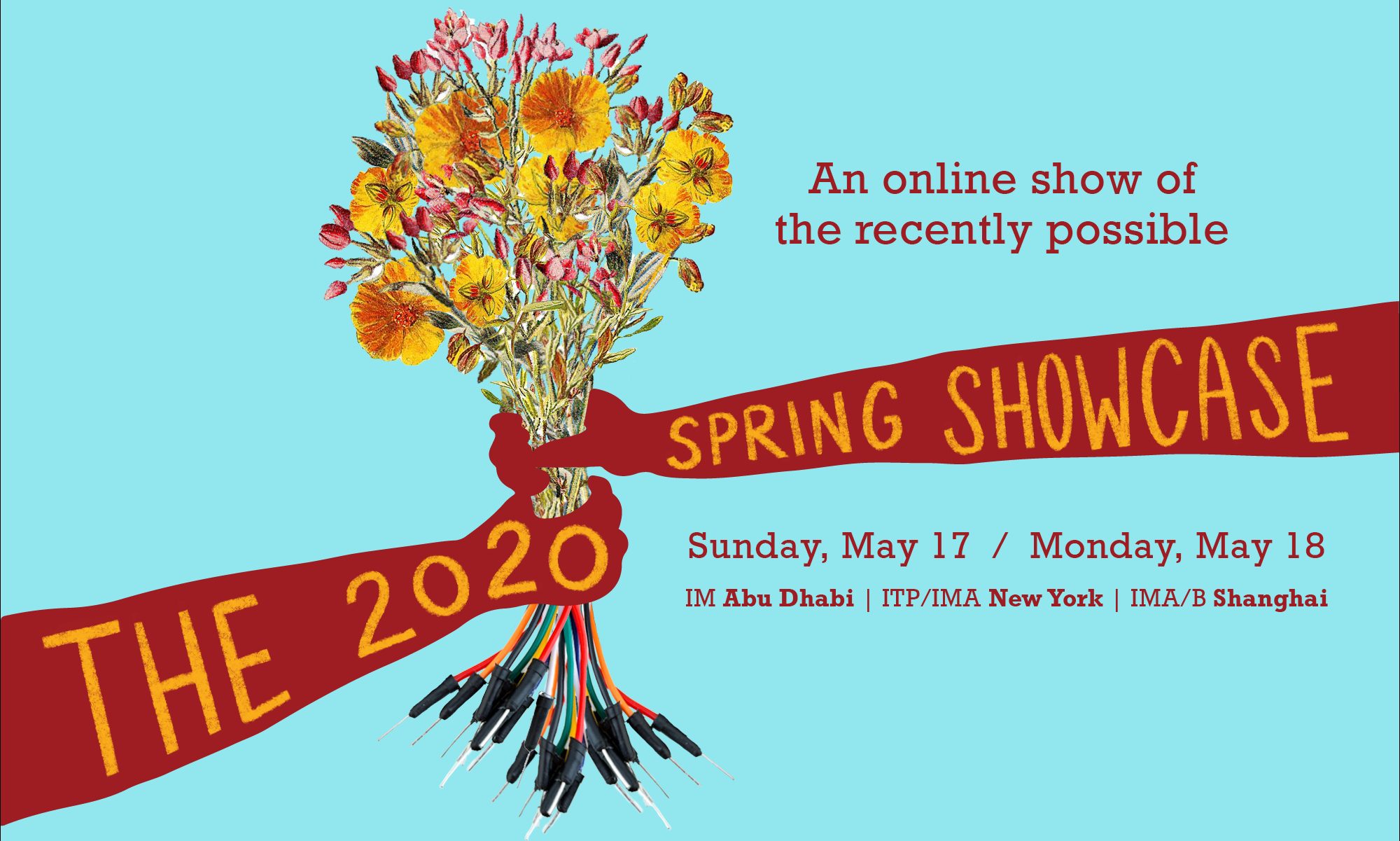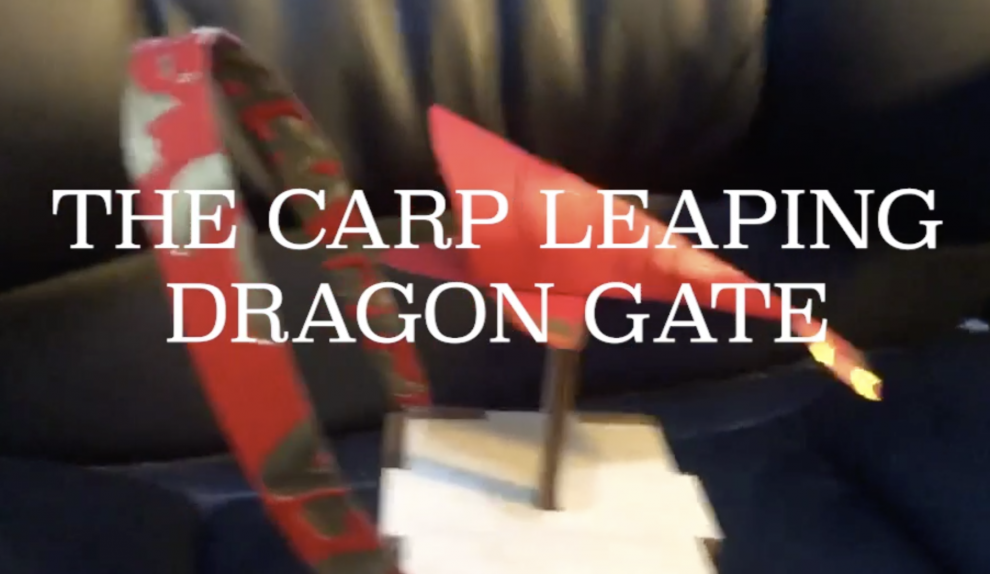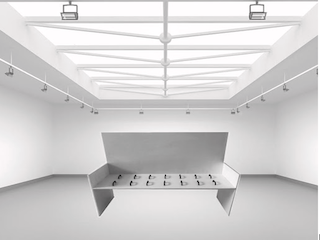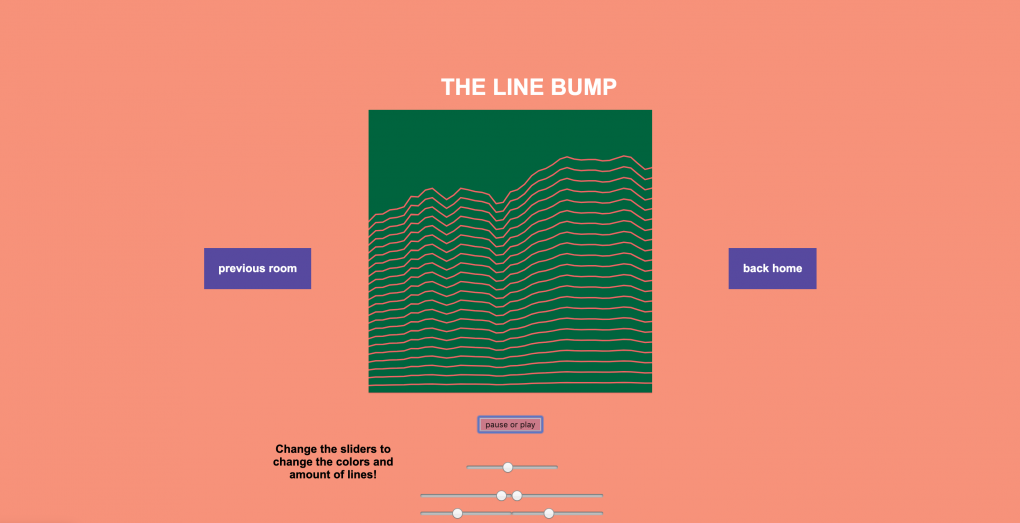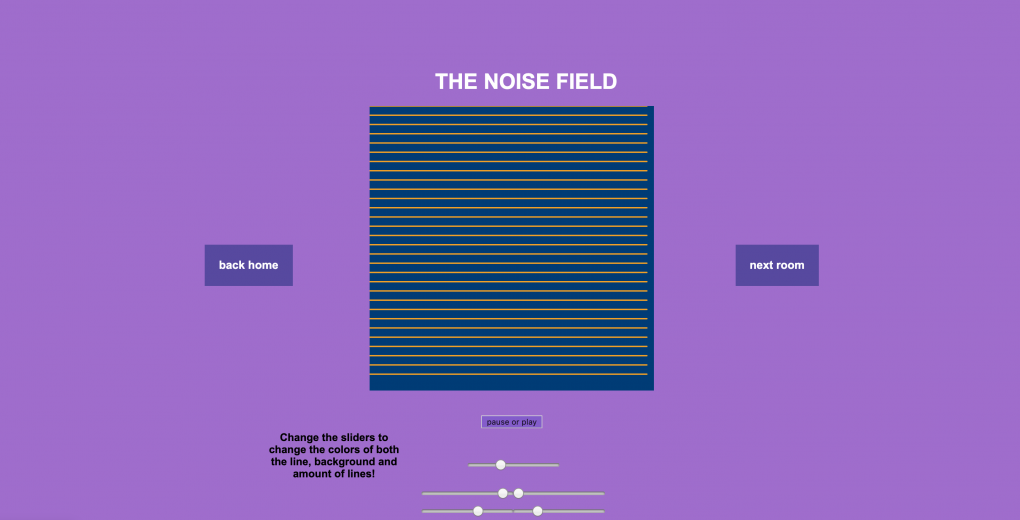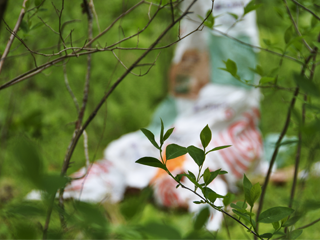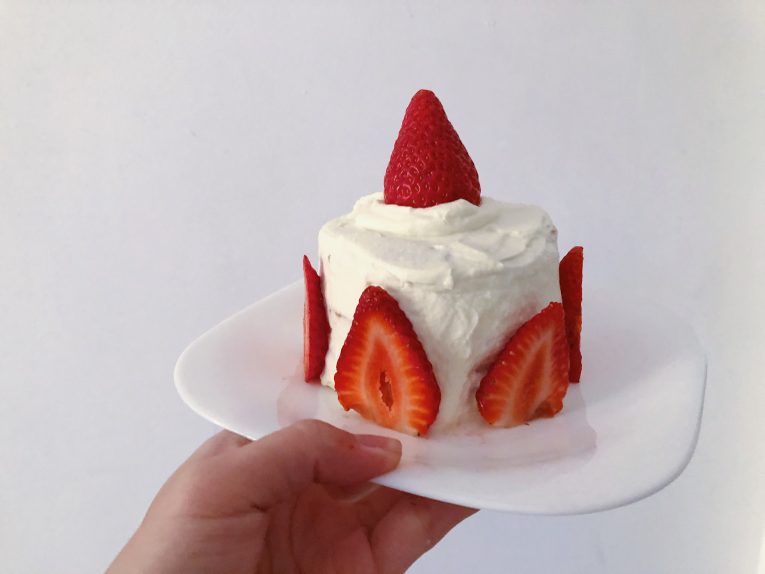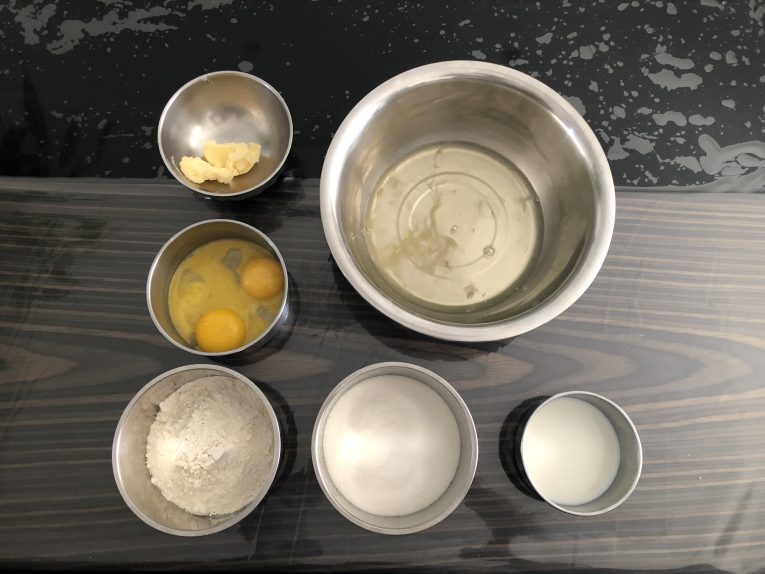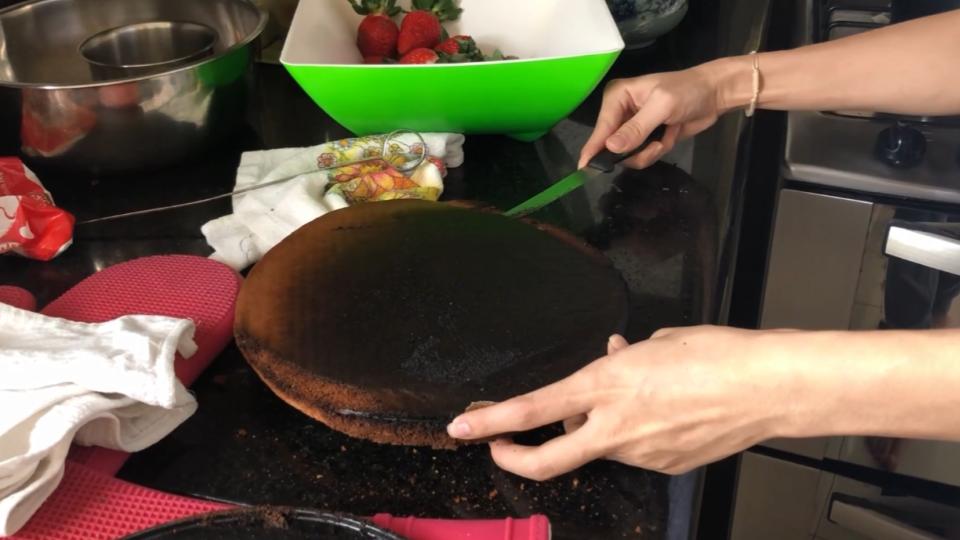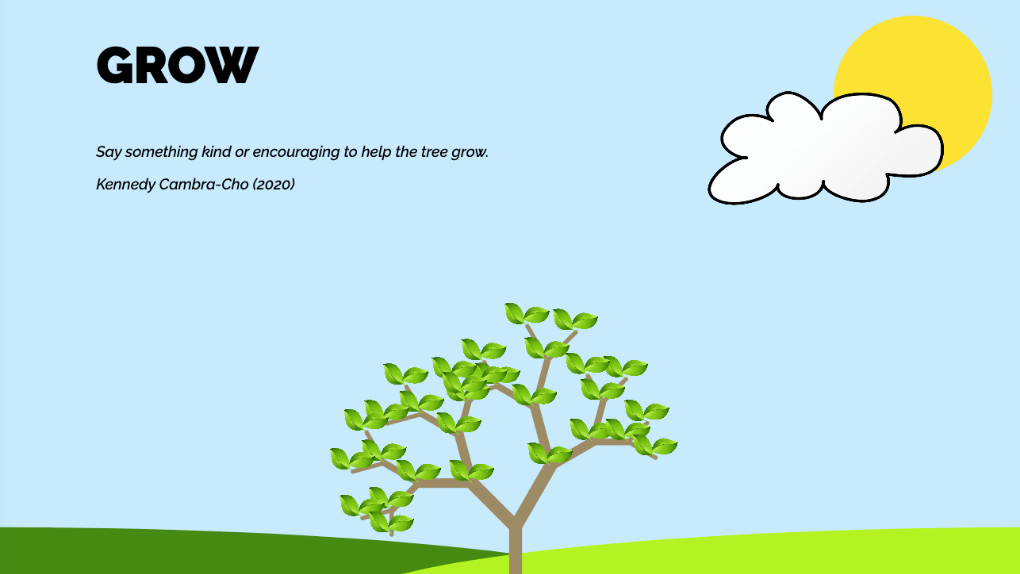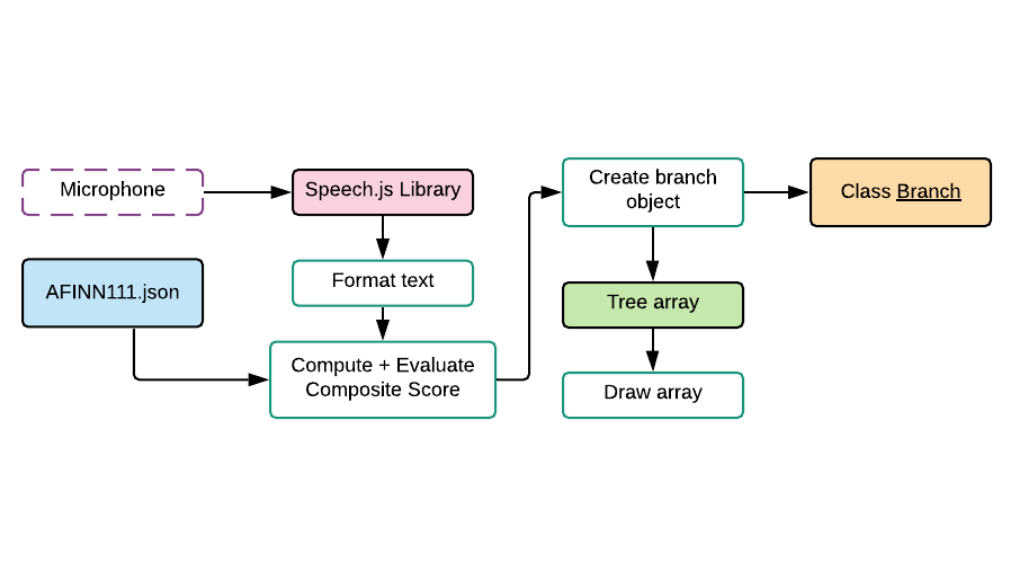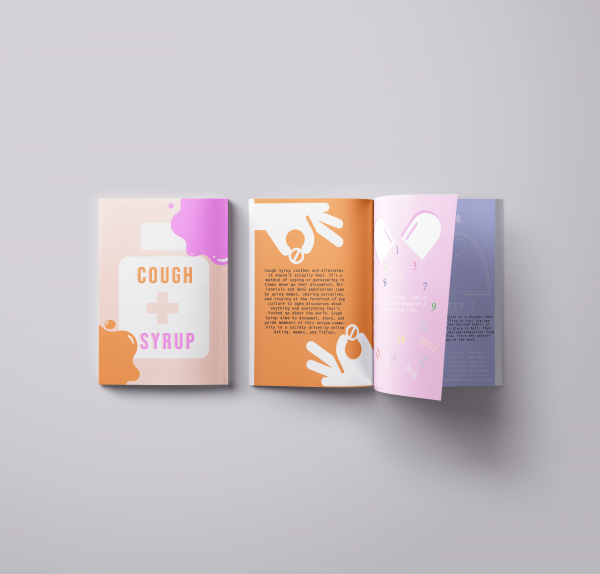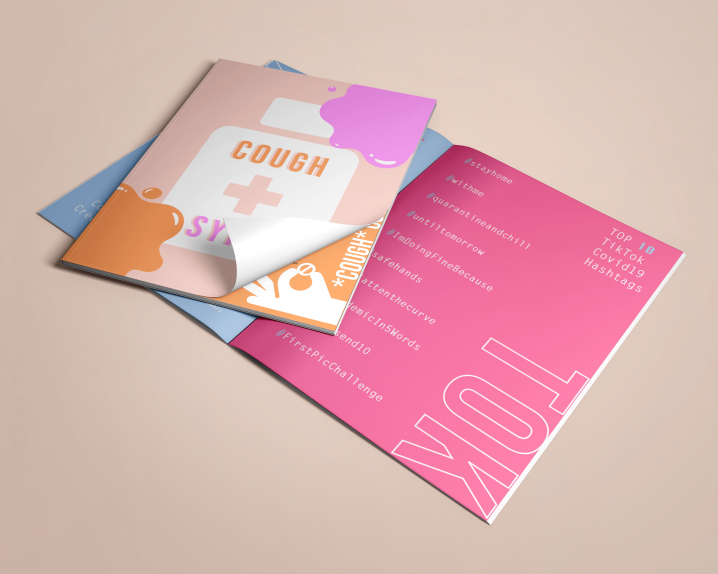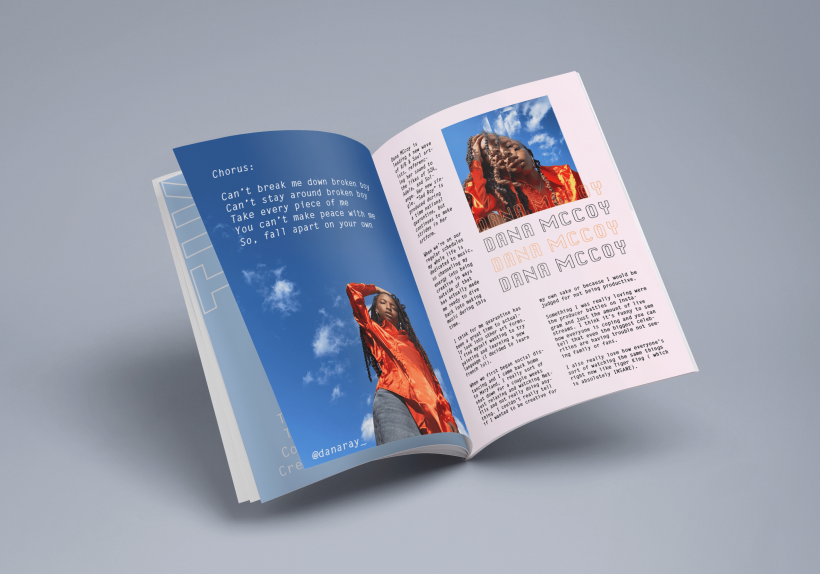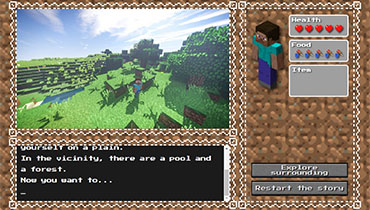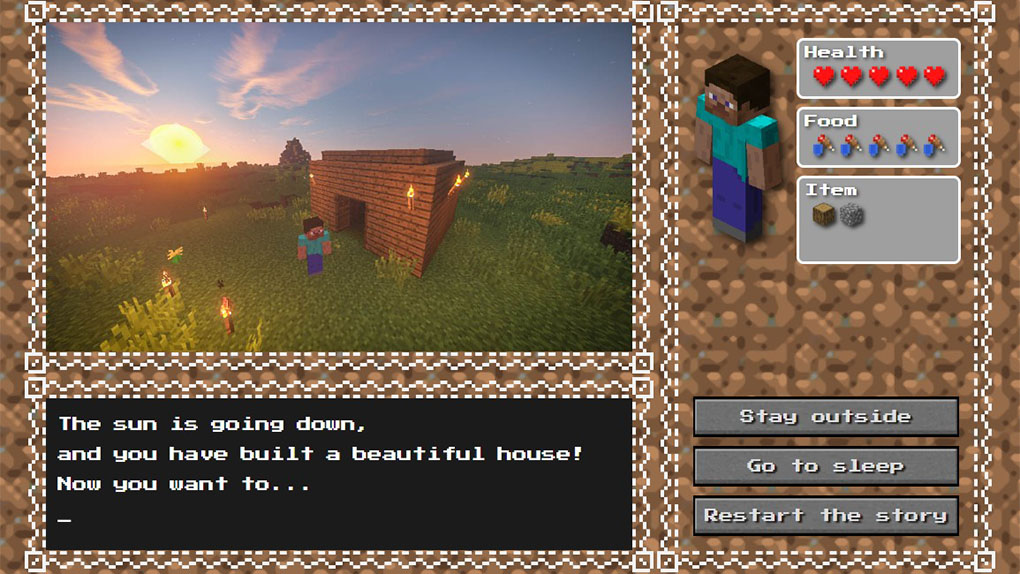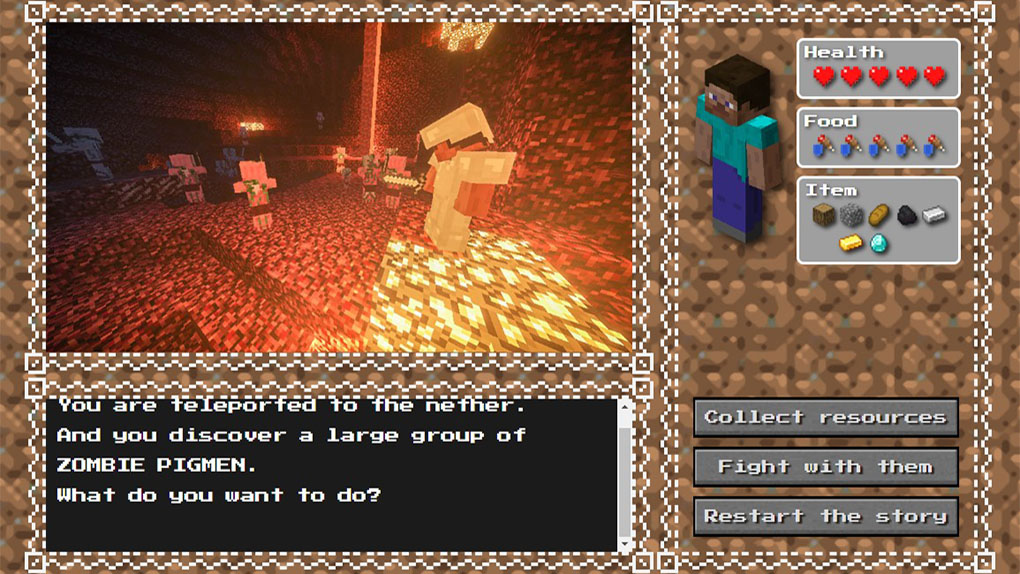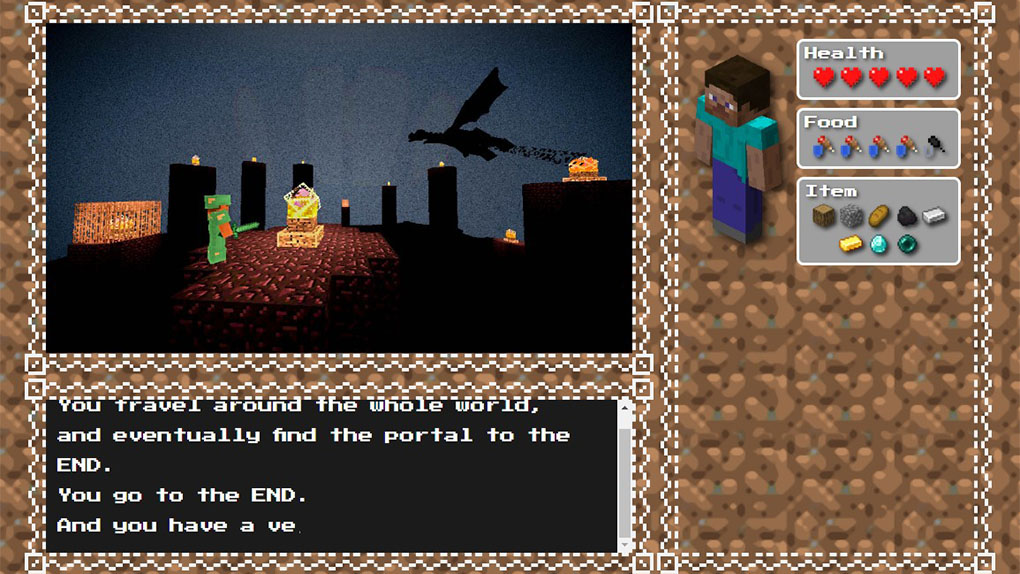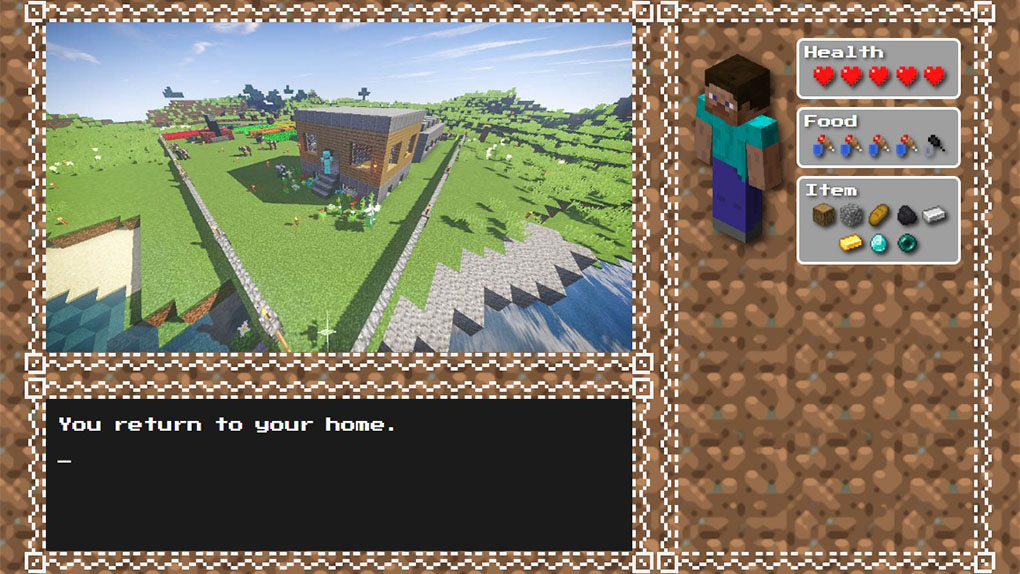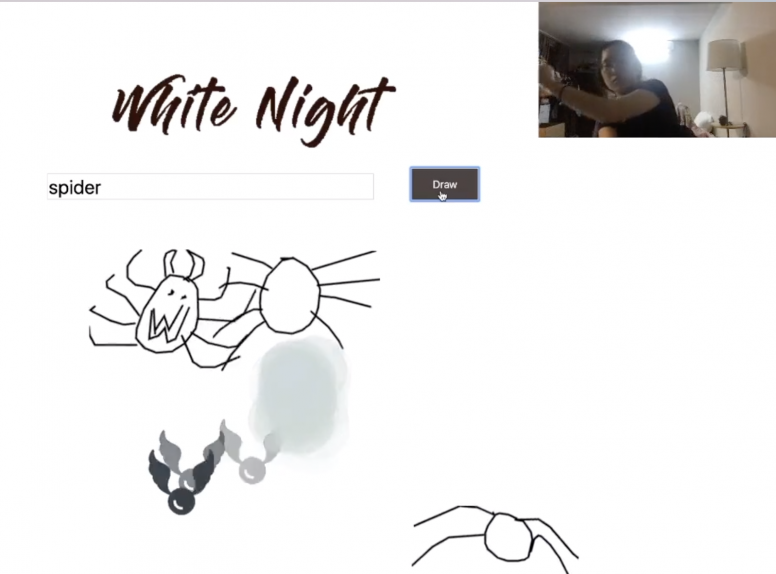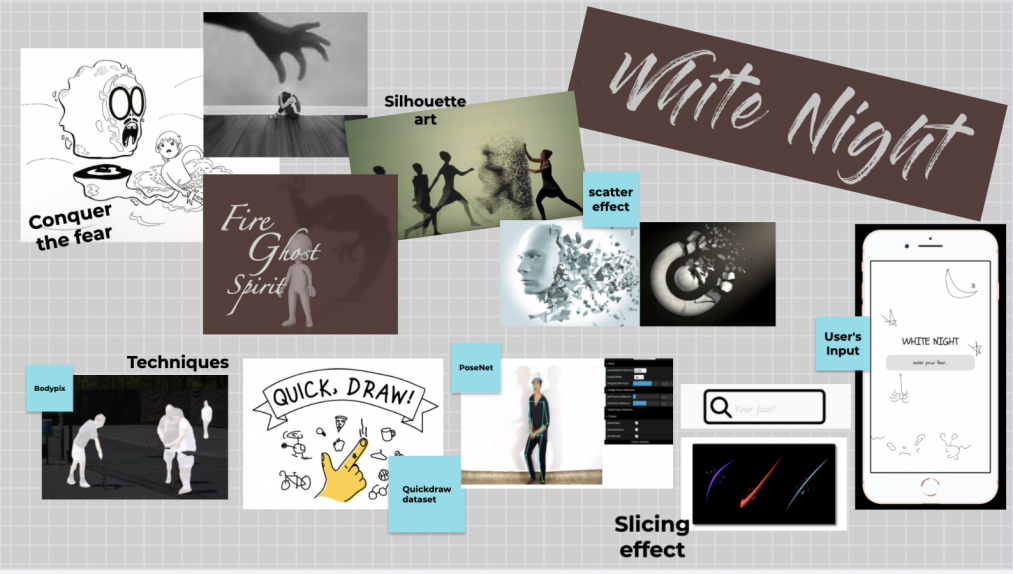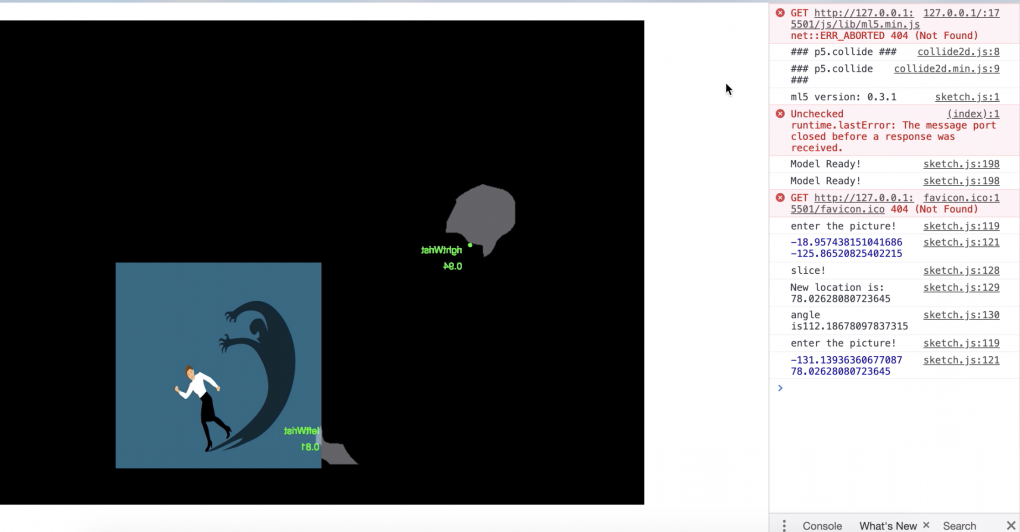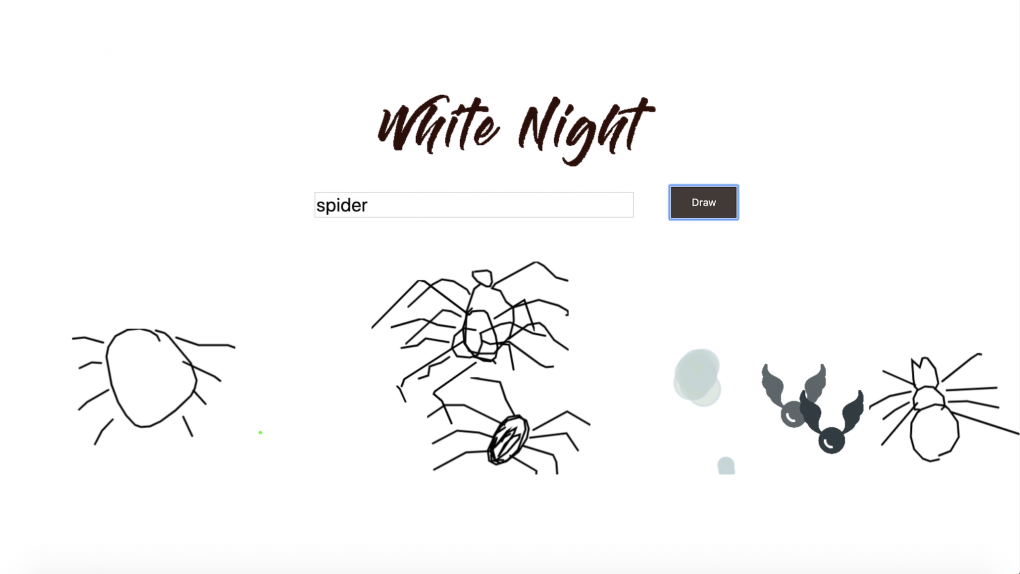Cough Syrup is a collaborative digital archive presented in the form of an easily digested zine; It aims to document, share, and guide members of the Millennial and GenZ populations throughout a time of quarantine and social distancing.
Benjamin Lasala Tablada
https://issuu.com/bentab/docs/coughsyrup_final1_
Description
I’m a member of what I like to describe as the ‘missing generation’—born in the year 1997, too young to relish in the golden age of the Backstreet Boys and the Spice Girls, yet old enough to still quote Vines even after its closure. Some say that I belong amongst the Millennial population, while others will argue that I’m a part of Generation Z, but this intersection is what makes my understanding of both communities so unique. I’ve lived through flip-phones, multiple recessions, saw the rise of Tik Tok, and am currently spending my 20’s in a global pandemic. The digital age is volatile in nature, but it is an outlet for this evolving community to express their ideas, moments of clarity, or in this case, obscurity.
Cough Syrup like its name suggests, soothes and alleviates—it does not heal, nor is it a solution to the ongoing pandemic—rather it serves as a method of coping and documents a time period in which members of the Millennial and GenZ communities feel tremendous amounts of discomfort. In light of the multiple nation-wide quarantines, members of these communities have utilized social media, memes, and digital applications like Zoom to serve as methods of self-discovery and a platform to exchange ideas.
The goal of this digital publication is to be humorous, philosophical, and profound, utilizing first-person interviews and current events as a method of chronicling this particular moment in history. Within ‘Cough Syrup’, the reader will find a plethora of relevant content from trending tik tok hashtags, the rise of Zoom, and data visualizations through screenshots and photographs. It attempts to deepen how 21st-century communities react to concepts of productivity, health and wellness, and the stark differences or similarities of our daily lifestyles through the lens of the ‘missing generation’.
IMA/IMB Shanghai
INTM-SHU.401.1
Capstone Studio (Shanghai)
Culture,Narrative/Storytelling
